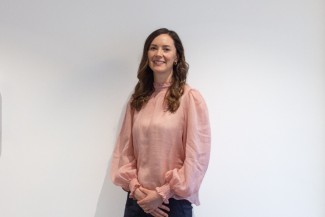Mercy Hospital Dunedin - Plastic & Reconstructive Surgery
Description
Mercy Hospital is a not-for-profit surgical hospital committed to delivering 'exceptional care that makes a difference' to Otago and Southland residents.
Independent specialists provide services concerned with the correction or restoration of form and function. Plastic surgery also includes many types of reconstructive surgery, hand surgery, microsurgery, and the treatment of burns.
This surgical service is provided at our facility by the following medical specialists. For further information please seek a referral through your GP or contact your preferred specialist directly.




